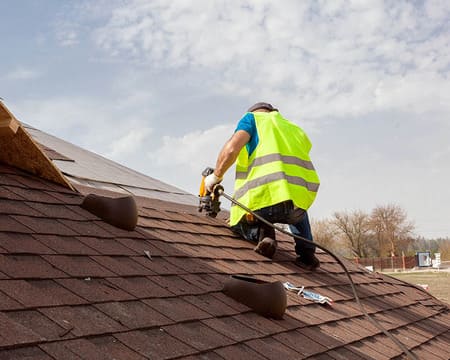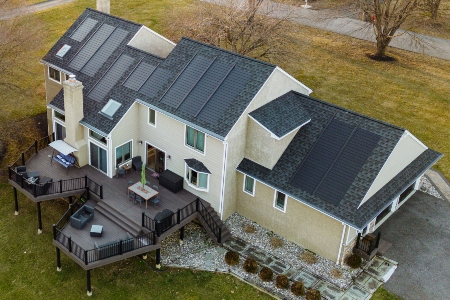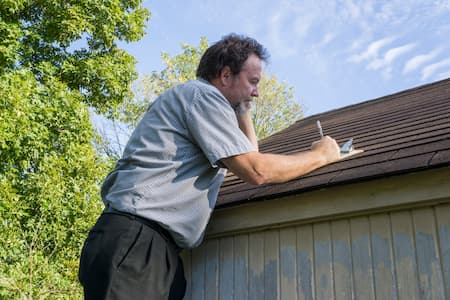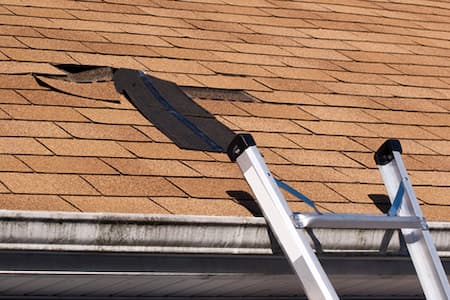Recent Tips and Articles by RJ Roofing

How to Know If You Need a Roof Repair or Full Replacement
Your roof is your Portland home's first line of defense against the elements. It shields your family and your belongings from wind, rain, snow, and more. But over time, even the best roofing materials will begin to show signs of wear. The question then becomes: do […]

Improving Roofs in Oregon with GAF Energy’s Fully Integrated Solar Roofing System
As a leading roofing company for Oregon, we are proud to offer GAF Energy's fully integrated solar roofing system, designed to enhance both the sustainability and functionality of your roof. This innovative solar solution merges the durability of traditional roofing with the efficiency of solar technology, […]

5 Ways A Professional Roof Inspection Benefits You
A professional roof inspection offers numerous benefits to homeowners including preventing repairs, improving efficiency, and so much more. Our roofing company here at RJ Roofing offers thorough assessments to ensure your roof is in top condition, keeping your home protected through all seasons. With a roof […]

5 Signs Your Roof Needs Repair Services
As a reputable roofing company in Portland, we understand the importance of recognizing when your roof needs attention. Roof repair services can prevent major damage and save you from costly replacements in the future. One of the first signs that your roof might need repair is […]
Get a Roof Worth Inheriting.Contact Our Portland Roofing Company Today!